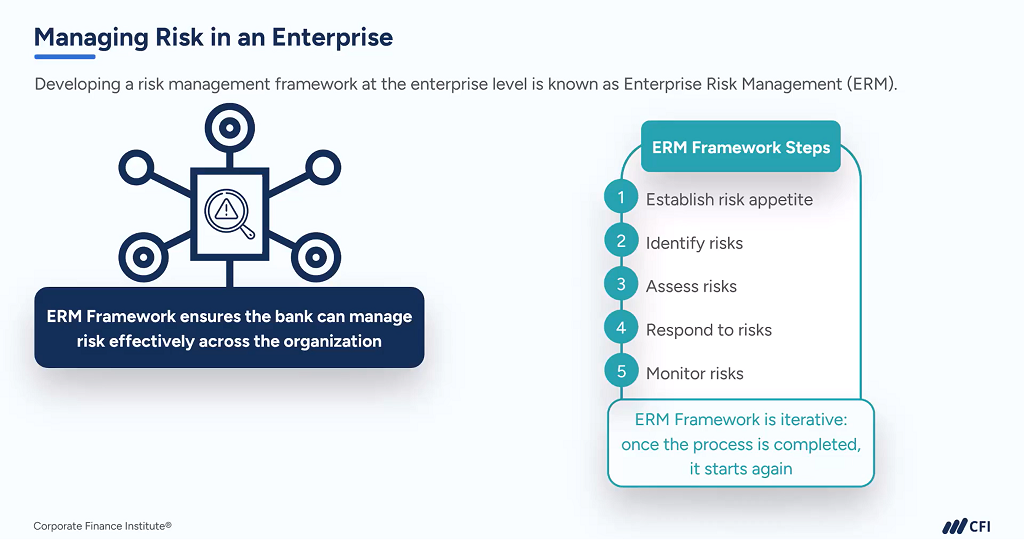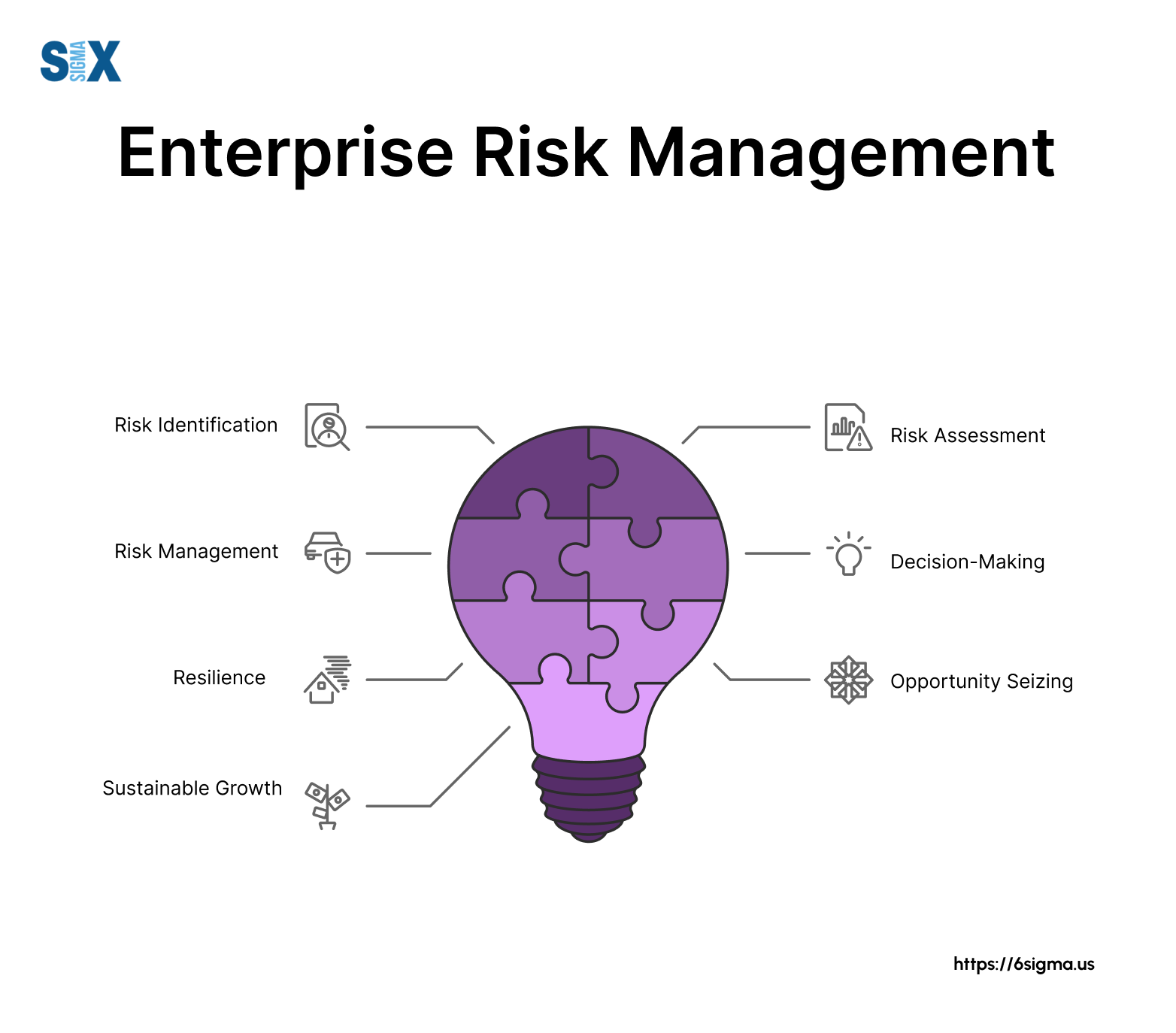The Undeniable Importance of Risk Management in Safeguarding Organizational Success
The Undeniable Importance of Risk Management in Safeguarding Organizational Success
Blog Article
Discovering the Significance of Risk Management for Effective Decision-Making Techniques
In the complex globe of service, Risk Management becomes an essential element in the decision-making procedure. The ability to recognize prospective hazards and chances, and strategize as necessary, can lead to the difference between success and failure. With devices such as SWOT and PESTEL, organizations are geared up to make educated options, promoting strength and versatility in an ever-changing atmosphere. Wondering how this functions? Allow's unbox the characteristics further.
Comprehending the Idea of Risk Management
Risk Management, a critical part in decision-making, is commonly misunderstood or oversimplified. Risk Management involves organized and self-displined approaches, making use of data and insightful analyses. From economic uncertainties, legal responsibilities, critical Management errors, to crashes and natural catastrophes, it resolves various risks - importance of risk management.
The Role of Risk Management in Decision-Making Processes
In the realm of tactical preparation and company operations, Risk Management plays an important role in decision-making processes. It assists in determining potential risks and unpredictabilities that could impact the achievement of organization goals. By tracing these dangers, companies can create methods to minimize their influence, making sure company continuity and stability. Risk Management therefore ends up being a vital device in decision-making, helping leaders to make educated options based on a comprehensive understanding of the risks entailed. It encourages an aggressive method, making it possible for organizations to prepare for and prepare for possible future scenarios. This considerably decreases the probability of unfavorable consequences, promoting a lot more efficient and effective decision-making techniques. Risk Management serves as an important element in the decision-making processes of any type of company.

Just How Risk Management Enhances Strategic Preparation
In the context of tactical preparation, Risk Management plays a crucial function. Launching with the identification of possible threats, it better reaches the implementation of Risk reduction measures. The duty of Risk Management is not fixed however vibrant, as it demands consistent monitoring and adjusting of strategies.
Determining Potential Threats

Applying Risk Reduction
Having actually developed the importance of identifying prospective risks, the next step is to explore Risk reduction. This procedure entails creating and applying approaches to handle identified threats effectively. It is an essential aspect of strategic planning as it boosts decision-making by decreasing prospective unfavorable outcomes. Risk reduction methods can range from Risk evasion, Risk transfer, to run the risk of reduction. Each method ought to be tailored to the particular Risk, considering its possible effect and the organization's Risk resistance. Reliable Risk mitigation needs a deep understanding of the Risk landscape and the possible effect of each Risk. This understanding makes it possible for companies to prioritize threats and allot resources effectively, guaranteeing that her comment is here the most significant hazards are resolved first.
Tracking and Readjusting Methods
Though Risk reduction is a vital action in calculated planning, continual monitoring and change of these strategies is similarly important. This continuous procedure allows organizations to determine brand-new risks and reassess existing ones, making certain the implemented methods continue to be effective in the ever-changing service setting. It also offers a chance to examine the success of the Risk Management steps, allowing changes to be made where essential, further improving calculated planning. Effective surveillance and modification need the use of analytics and vital efficiency signs (KPIs) to determine effectiveness. These devices offer beneficial data-driven insights that can notify tactical decision-making. As a result, surveillance and readjusting Risk Management methods is a crucial element for enhancing a company's durability and strategic planning.
Case Studies: Effective Risk Management and Decision-Making
In the globe of company and money, successful Risk Management and decision-making frequently offer as the pillars of flourishing enterprises. These instances highlight the value of sharp Risk Management in decision-making procedures. These instances underscore the critical function of Risk Management in calculated decision-making.
Devices and Techniques for Efficient Risk Management
Navigating the detailed labyrinth of Risk Management requires the ideal collection of strategies and tools. These devices, such as Risk registers and heat maps, help in recognizing and evaluating prospective threats. Techniques consist of both measurable techniques, like sensitivity analysis, and qualitative methods, such as SWOT analysis. These assistance in prioritizing risks based on their potential effect and chance. Risk reaction methods, a vital part of Risk Management, include approving, staying clear of, transferring, or mitigating risks. Tracking and managing dangers, via normal audits and testimonials, ensure that the techniques continue to be effective. With these tools and techniques, decision-makers can navigate the complex landscape of Risk Management, this post thereby assisting in informed and reliable decision-making.
Future Trends in Risk Management and Decision-Making Methods
As we check out the large landscape of Risk Management, it ends up being apparent that the tools and techniques made use of today will certainly remain to advance. Future patterns direct towards an increased dependence on innovation, with expert system and maker knowing playing significant duties. These innovations will certainly allow organizations to forecast prospective risks with higher accuracy and make more educated decisions. In addition, there will be an expanding emphasis on strength, not just in taking care of dangers but additionally in recovering from damaging circumstances. Lastly, website here the idea of Risk culture, where every participant of an organization is mindful and involved in Risk Management, will obtain much more prestige. These trends advertise an even more proactive and comprehensive strategy towards Risk Management and decision-making.
Final thought

Risk Management therefore becomes a vital tool in decision-making, helping leaders to make enlightened selections based on a detailed understanding of the risks entailed. Risk mitigation approaches can vary from Risk avoidance, Risk transfer, to run the risk of reduction (importance of risk management). Effective Risk mitigation calls for a deep understanding of the Risk landscape and the potential influence of each Risk. Risk response techniques, a key part of Risk Management, involve approving, avoiding, moving, or mitigating dangers. The principle of Risk society, where every member of a company is conscious and involved in Risk Management, will obtain much more prestige
Report this page